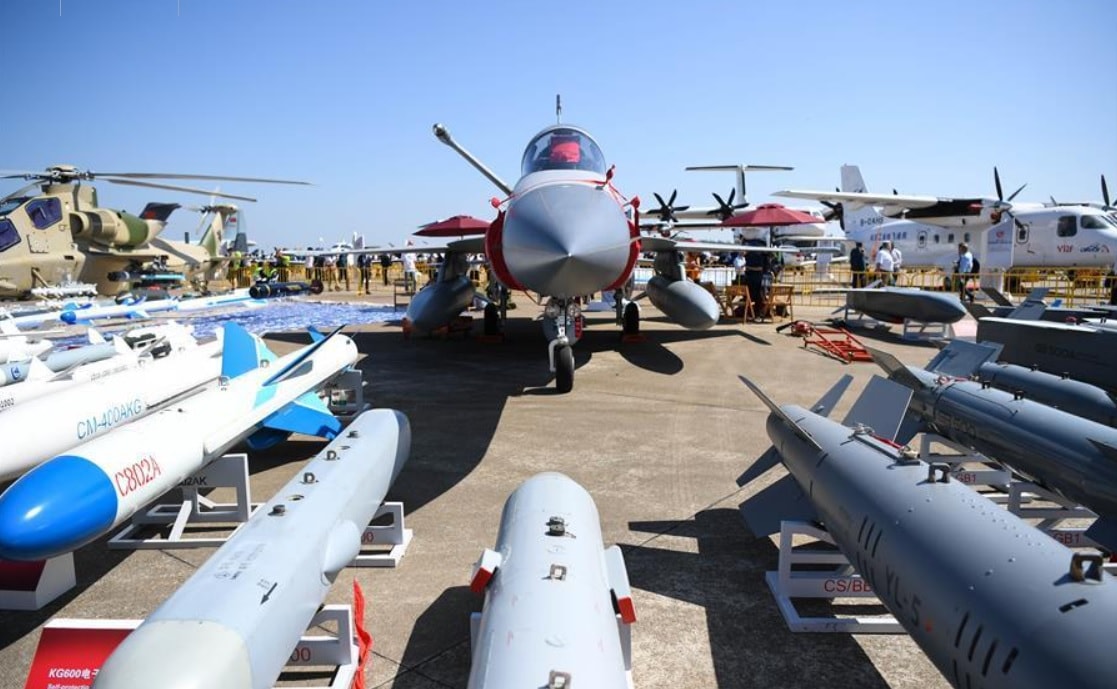China is stepping up arms sales to Central Asia, challenging Russia’s long-standing dominance. Uzbekistan and Kazakhstan have begun buying drones, air defense systems and possibly JF-17 fighter jets from Beijing.

In recent years, the arms supply picture in the Central Asian region has changed significantly as China has increasingly increased its presence, challenging Russia's traditional dominance.
According to information from the Eurasianet.org news site on April 8, Beijing is trying to expand its role as an arms supplier to Central Asian countries, marking a new step in its influence strategy in this region.
Having successfully pushed Russia aside to become Central Asia's top trading partner, China is now targeting the arms market - a sector that previously belonged almost entirely to Moscow.
For much of the post-Soviet period, Russia dominated the regional arms market, particularly in Kazakhstan, Tajikistan and Uzbekistan. However, since the outbreak of the Russia-Ukraine conflict, Moscow’s arms exports to Central Asia have plummeted, opening the door for other countries to enter the market.
Specifically, according to some reports, Uzbekistan is considering buying Chinese fighter jets. In 2024, Beijing reportedly supplied unmanned aerial vehicles (UAVs) to Kazakhstan and in February this year sold air defense systems to Uzbekistan. In particular, Uzbekistan is considering buying a large number of fighter jets from China, possibly the JF-17 - a product jointly designed by China and Pakistan.
The JF-17 is introduced as "an advanced, lightweight, all-weather, day/night multirole fighter with good air-to-air and air-to-ground combat capabilities".
If the deal is finalized, it would mark a sales success for Beijing. Uzbekistan was reportedly considering buying French-made Rafale fighters before Chinese officials pushed ahead with their offer. The JF-17 is reportedly less expensive to maintain than the Rafale and requires less intensive pilot training.
China’s expansion into the Central Asian arms market is not an isolated phenomenon, but part of a global trend. Between 2018 and 2023, China sold arms to around 40 countries, mainly in Africa and Asia, accounting for 5.8% of global arms exports. Only the United States, France and Russia had a higher market share during this period.
In addition to China, many other countries are also taking advantage of the gap left by Russia’s decline in the Central Asian arms market. Türkiye, Belarus, France, Spain and Italy are all boosting sales in the region.
The shift reflects a new geopolitical reality in Central Asia, where Russia’s influence is waning while China’s economic and now military might are expanding. It may be a strategic move by Beijing to consolidate its position in this vital region and demonstrate its ability to compete with traditional military powers in the global arms market.